While the warmer months bring the promise of outdoor adventures and quality time spent with pets, it also brings the risk of heat-related illnesses that can significantly impact their well-being. Dogs and cats, in particular, are highly susceptible to the effects of hot weather.
As the summer heat sets in, it is important for pet owners to be aware of the dangers of hot weather for their furry friends. In this post, we explore the risks of the summer heat, the signs of overheating and crucial tips to ensure your pets stay cool and safe throughout the scorching summer days.
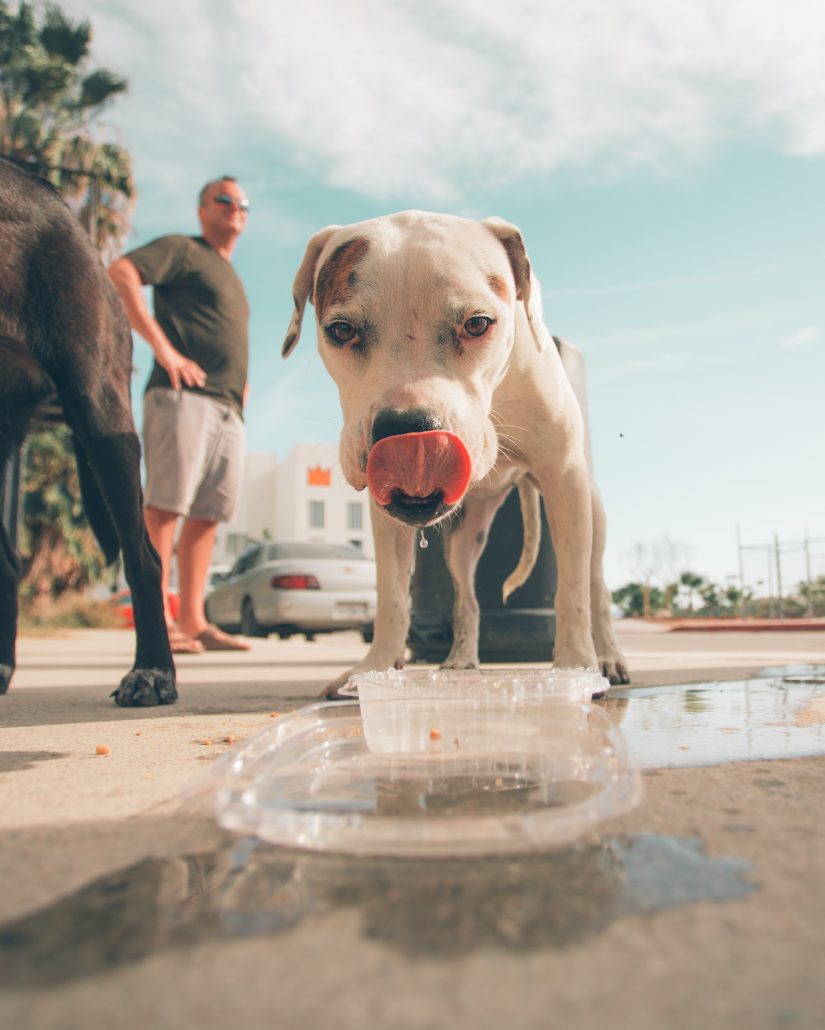
Understanding the Dangers of Hot Weather for Pets
Hot weather can be dangerous for pets due to their limited ability to regulate body temperature. Unlike humans, who have sweat glands all over their bodies, dogs and cats have a few sweat glands located on their paws.
This means that they rely primarily on panting to cool themselves down. When the temperature rises, their bodies can quickly overheat, leading to heatstroke. It is also important to note that certain factors, such as breed, age, weight, and underlying health conditions, can make some pets more susceptible to overheating than others.
Read More: Beat the Heat: A Guide to Keeping Your Pet Rats Cool
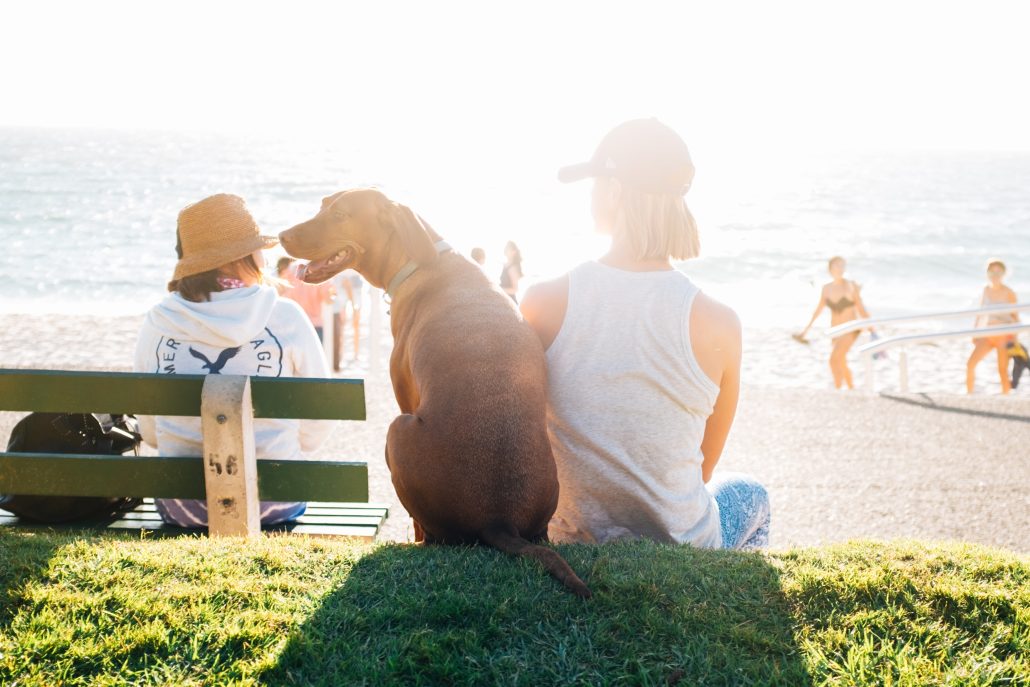
How Do You Know It’s Too Hot?
Unfortunately, many pet owners do not realise the risks of the summer heat and will only seek treatment at the last minute. However, recognizing when the temperature has become uncomfortably high for your pet is crucial for their well-being. Overheating and heatstroke is when a pet’s core body temperature has risen above the normal range and the body’s ability to naturally lose heat. It is a serious condition that requires immediate attention and treatment.
Signs Of Heatstroke In Dogs
- Excessive Panting: Dogs cool themselves primarily through panting. If your dog is panting heavily and persistently, it could be a sign of overheating. This will increase as the heatstroke progresses.
- Bright Red Gums and Tongue: Check your dog’s gums and tongue. If they appear bright red or very pale, it may indicate overheating.
- Weakness or Collapse: Heatstroke can lead to weakness, lethargy, or even collapse. If your dog seems unusually weak or collapses, seek immediate veterinary attention.
- Vomiting or diarrhoea: Excessive heat can cause digestive issues. If your dog is vomiting or experiencing diarrhoea, it may be a result of heat-related stress.
- Rapid Heartbeat: An elevated heart rate is a sign of the body working hard to cool down. If your dog’s heartbeat is faster than usual, it’s a cause for concern.
Signs of Heatstroke In Cats
While cats are generally more adept at coping with heat than dogs, they are still susceptible to overheating.
- Excessive Grooming: Cats may groom themselves more than usual in an attempt to cool down. Excessive grooming, especially during hot weather, could be a sign of distress.
- Rapid Breathing: Unlike dogs, cats don’t pant as effectively. Rapid breathing or open-mouth breathing in a cat is abnormal and requires attention.
- Lethargy and Weakness: Cats may become unusually lethargic or weak when exposed to excessive heat. If your cat is less active than usual, it’s time to investigate.
- Elevated Body Temperature: A high body temperature indicates potential heatstroke.
- Seeking Cool Surfaces: If your cat is consistently seeking cooler areas, such as tiled floors or shaded spots, it’s a sign they are trying to escape the heat.
Read More: Your Pet’s First Vet Visit: What To Expect & How To Prepare
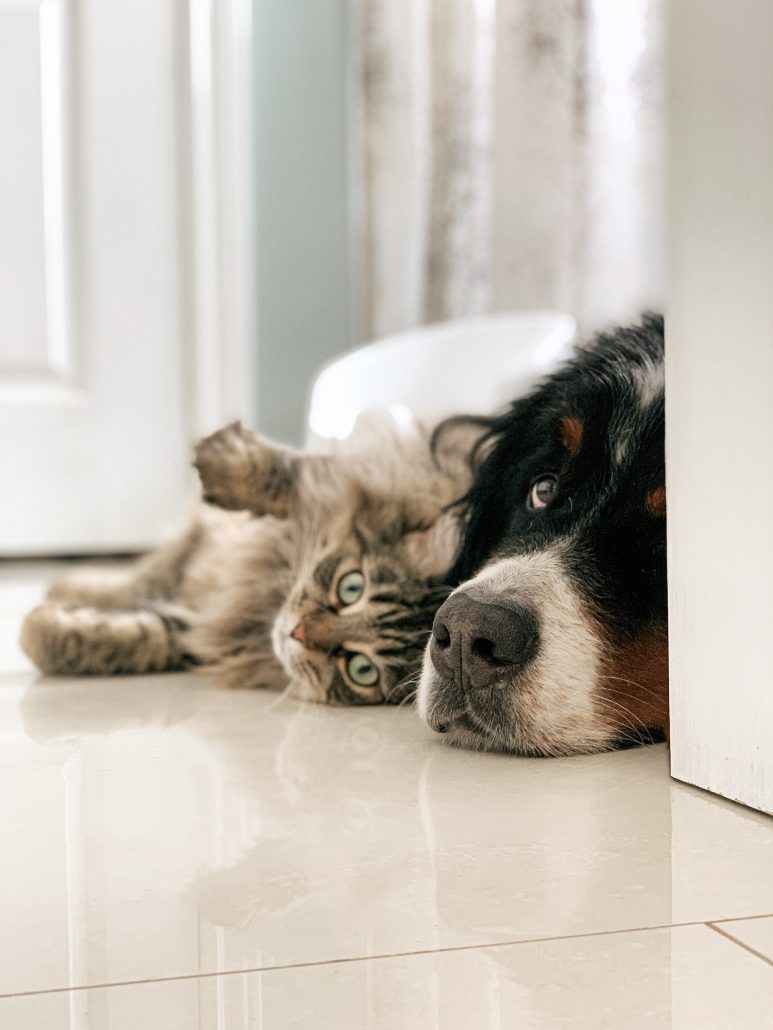
Practicing Summer Safety
To prevent heatstroke in pets, it is important to take certain precautions during hot weather.
1. Exercising Your Pet Safely in the Heat
Exercising your pet is important for their physical and mental well-being, but it is crucial to do so safely during hot weather. Avoid exercising your pet during the hottest parts of the day and opt for early morning or late evening walks when the temperature is cooler.
Take frequent breaks during exercise to allow your pet to rest and cool down. Be mindful of hot pavement, as it can burn your pet’s paws! If you are unable to touch and keep your feet or hands on the floor, then it is too hot for your pet’s paws. It is also important to adjust the intensity and duration of exercise based on your pet’s breed, age, and overall health.
2. Provide Shade and Hydration for Your Pet
Ensuring that your pet has access to shade and water is vital in preventing overheating. Set up a shaded area in your yard using a canopy or create a cool, indoor space for your pet to retreat to. If you are out and about with your pet, bring a portable water bowl and offer them water regularly.
Consider freezing a portion of their water in a bowl to provide them with a refreshing ice block and water that stays colder for longer. Additionally, you can offer your pet frozen treats made from pet-safe ingredients to help keep them cool and hydrated.
3. The Heat & Parked Cars
Leaving a pet in a parked car, even for a short period of time, can be extremely dangerous and potentially fatal. The temperature inside a car can rise rapidly, even with the windows cracked open.
In just a matter of minutes, the heat can become unbearable, putting your pet’s life at risk. It is always better to leave your pet at home in a cool, safe environment if you are running errands or going somewhere that doesn’t allow pets. If you do see a pet locked in a car on a hot day, contact local authorities for assistance.
4. Dive into Water Activities
If your pet enjoys the water, consider introducing them to some water activities to keep cool in the summer heat. Whether it’s a dog-friendly pool or a calm lake, supervised swimming sessions provide excellent exercise while keeping them cool.
Additionally, you can combine playtime with hydration by engaging in water fetch games. Toss a water-resistant toy into a shallow pool, encouraging your pet to stay active while staying cool.
5. Embrace Cooling Products
Another great way to keep your companion cool during those hot days is by investing in cooling mats or beds. These innovative products use cooling gel or technology to provide a comfortable surface for your pet to rest on, regulating their body temperature.
Outfit your pet with cooling vests or bandanas, which use evaporative cooling to lower their body temperature. These are ideal for outdoor adventures, these accessories keep them stylish while beating the heat.
Read More: Ways To Keep Your Dog Cool In Summer
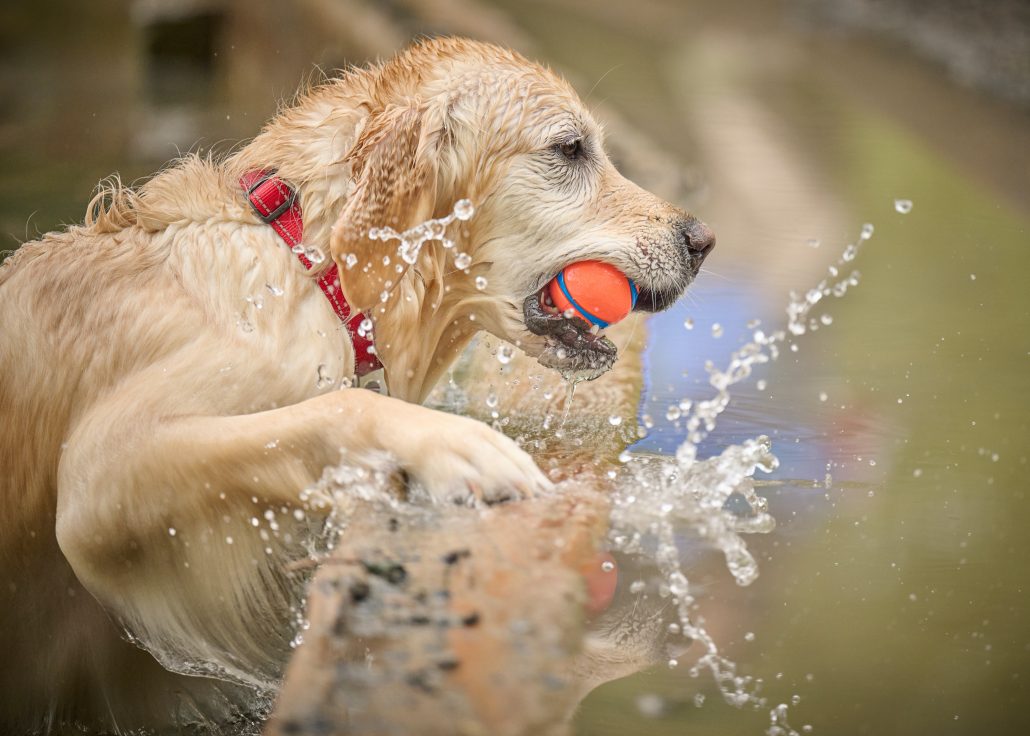
When to Seek Veterinary Help for Heatstroke
If you suspect that your pet is suffering from heatstroke, it is crucial to seek veterinary help as soon as possible. If left untreated heatstroke can be a life-threatening condition, and professional medical intervention is necessary to ensure the best chance of recovery.
While waiting for veterinary assistance, you can take several steps to cool your pet down. These include:
- Moving them to a cool, shaded area: Quickly relocate your pet to a cooler and shaded environment to help minimise their exposure to the heat.
- Applying cool (not cold) water to their body: Gently apply cool water to your pet’s body. Use a damp cloth or sponge to wet their fur, focusing on areas with less hair, such as the belly and paw pads. Avoid using extremely cold water, as it can constrict blood vessels and hinder the cooling process.
- Offering small amounts of water for them to drink: Encourage your pet to drink small amounts of cool water. This aids in rehydration and assists the cooling process from the inside out. Ensure the water is not too cold to avoid potential shock.
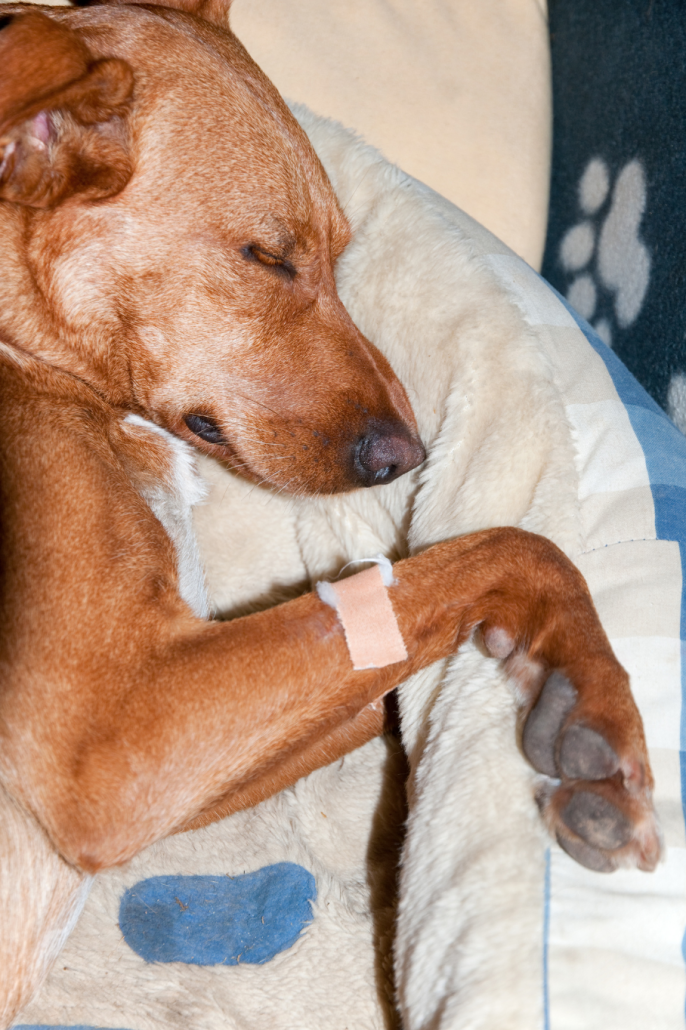
Keep Your Companions Safe This Summer
By understanding the signs of heatstroke and taking necessary precautions, you can help prevent this potentially life-threatening condition in your furry companions. Providing ample shaded areas, access to cool water, and avoiding strenuous activities during the hottest parts of the day are simple yet effective ways to protect your pets from the dangers of excessive heat.
At The House Call Vet, we are dedicated to ensuring the well-being of your cherished pets. If you have any concerns about your pet’s health, especially during the summer months, our experienced team of veterinarians is here to help. From preventive care advice to prompt and expert assistance in emergencies, we are committed to providing top-notch care for your furry family members! Get in touch today to learn more.

